
Figure 1: Water cooler installed in a PC case.
If you are a computer enthusiast, or a computer user, you must know the importance of computer coolers. A computer
cooler is a device used to reduce the internal temperature of a computer. It can protect the computer's hardware
from overheating damage and improve the performance and stability of the computer. There are many types of computer
coolers, but the two most common are air coolers and water coolers.
So should you choose air cooling or water cooling? Some people say that water cooling is needed, because the heat
dissipation effect of air cooling is not as strong as that of water cooling; some say that the air cooling with
multiple heat pipes is enough, and there is no need for water cooling, which has a risk of water leakage.
Let's take a look at what is going on with air cooling and water cooling. How do they work? What are the advantages
and disadvantages of each? Next, I will analyze them one by one for you.
1. What is Air Cooling and How Does It Work?
1.1 Development of CPU Air Coolers
A long time ago, when home computers were first popularized, CPUs at that time, such as the famous 8086, were not strong in performance, did not generate much heat, and did not require cooling devices.

Figure 2: CPU 8086.
Aluminum Heat Sink
Later, with the enhancement of CPU performance and the increase of calorific value, heat sinks were added. The heat sink is usually made of aluminum at first, and through the conduction of the metal, the area where the metal contacts the air is increased to dissipate heat.
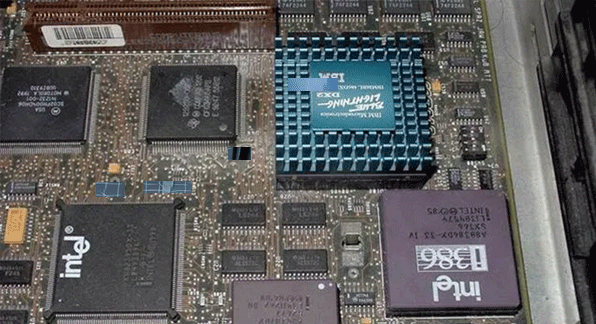
Figure 3: CPU heat sink.
Heat Sink + Fan
Then, as the heat generation increased, a cooling fan was added to accelerate the cooling effect of the metal heat sink through the wind.

Figure 4: Heatsink and fan.
In the metal selection of the heat sink, copper and aluminum are usually chosen, because the price of these two is
relatively low. Copper conducts fast, but the price is more expensive, and the conduction of aluminum is worse, but
the price is cheap.
This cooling method has been used for a long time, and until now, you can see some original CPU coolers still look
like this. It is very flat and small, with a fan on the top and nickel-plated aluminum cooling fins on the bottom.

Figure 5: Heatsink and fan.
Turn it over to reveal a small copper base. The heat is conducted through the copper base to the aluminum sheet, and then is dissipated by the fan.
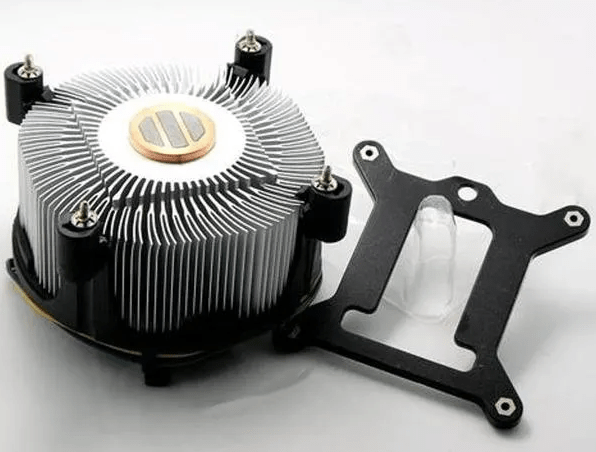
Figure 6: Copper base of heat sink.
However, this way of conduction, with the increase of CPU heat, still cannot meet the requirements. At this time, a heat pipe radiator appeared, and now what we commonly call air cooling usually refers to this heat pipe radiator.
Heat Pipe Radiator + Fan
What is a heat pipe? Heat pipe technology is a heat transfer element called "heat pipe" invented by G.M.Grover in the United States in 1963. It utilizes the principle of heat conduction and the rapid heat transfer properties of refrigeration media. Its thermal conductivity exceeds that of any known metal. Let's look at the schematic diagram of the CPU heat pipe radiator.
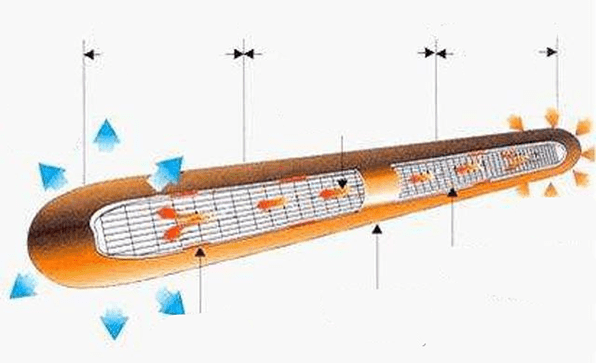
Figure 7: Schematic diagram of the heat pipe.
First of all, this is a vacuum closed metal tube, filled with working liquid, usually high-purity water. Then when
one end is heated (the heat from the CPU), the liquid will evaporate and vaporize (in a vacuum environment, the
water will vaporize when the temperature is less than 100 degrees).
The vaporized steam flows to the other end driven by a small pressure difference. At the other end, heat is
released, and then the steam condenses into water, and the water, relying on the principle of capillarity, flows
back to the heated end again. So the cycle goes on and on, then the heat is taken away.
Let's take a look at the cutaway view of the heat pipe. It is made of copper, smooth on the outside, but rough on
the inside. It is not poor in workmanship, but specially made for the liquid to flow by the principle of
capillarity.
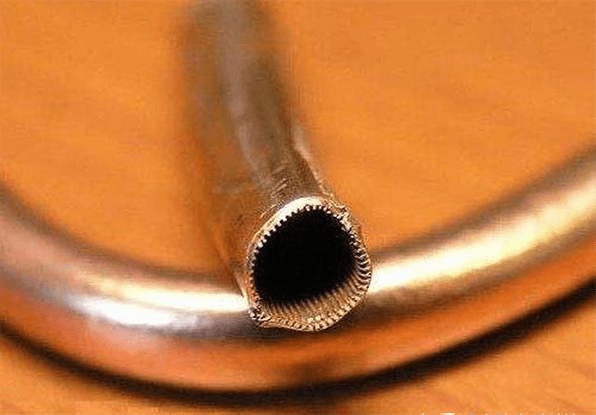
Figure 8: The cutaway view of the heat pipe.
1.2 Working Principle of CPU Air Coolers with Heat Pipes
The heat dissipation at the condensing end of the heat pipe is very important, because if the heat cannot be
dissipated quickly, the temperature of the entire heat pipe will increase, and the effect of heat dissipation will
not be achieved. Therefore, cooling fins are usually used to increase the heat dissipation area. At the same time,
fans are used to accelerate the heat dissipation.
Therefore, the commonly used heat pipe radiator is commonly known as air cooling. In fact, water is still used, but
the water/liquid is inside the heat pipe, which is invisible to everyone.
The basic principle is that the CPU is in contact with the heat pipe (usually made of copper), and the other end of
the heat pipe has a large number of cooling fins (usually made of aluminum), and then the heat transferred is
dissipated by the fan.

Figure 9: CPU Air cooler.
Factors Affecting Capability of Heat Pipe radiators
The ability of the heat pipe radiator is related to several factors. One is the number and diameter of the heat
pipe. The larger the number, the larger the diameter, and the stronger the ability to transfer heat. The second is
related to the connection method, area, and wind speed of the cooling fins. It is obvious that the greater the wind
speed, the stronger the heat dissipation capacity.
The number of heat pipes in common heat pipe radiators on the market varies from 2/3/4/5/6, but the parameter that
is easily overlooked is the diameter of the heat pipes. Usually, the current best radiators use 6mm. The radiator
fan has single-fan and dual-fan types.
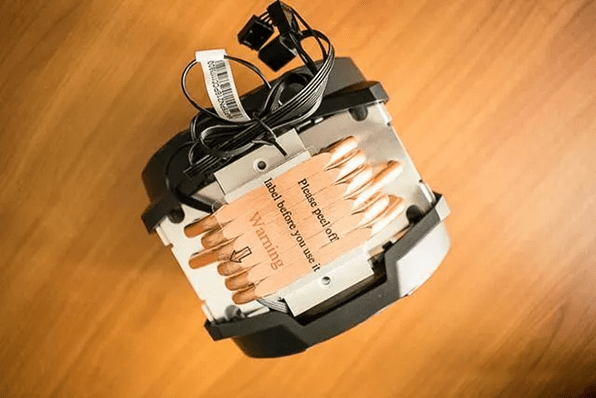
Figure 10: A radiator with six heat pipes.
Problems with Heat Pipe Radiators
The effect of the heat pipe radiator is still very good, but there is also a problem, that is, with the increase of
CPU heat generation, it is necessary to increase heat pipes and fans. The consequence of this is that the volume of
the heat pipe radiator becomes large, so there is a requirement for the thickness of the chassis.
At the same time, since the chassis is usually vertical, the heat pipe radiator is actually hung on the motherboard
in the chassis, which makes people worry that there will be problems if it is used for a long time. In addition, the
larger the fan and the higher the speed, the larger the corresponding noise. And some large air-cooled radiators
will block the space of the first memory slot.
2. What is Liquid Cooling and How Does It Work?
The emergence of water-cooled radiators is later than that of air-cooled radiators. There are AIO (all in one) liquid cooling and custom liquid loop. Custom liquid cooling is generally preferred by enthusiasts, because it needs to be assembled by themselves, but there is a certain risk of liquid leakage. Therefore, here we only discuss the commercial AIO water cooling, which you can buy on various e-commerce platforms.
2.1 Working Principle of CPU Liquid Cooler
The AIO liquid cooling is very simple in structure. The heat of the CPU passes through the water cooling block, usually made of copper, and is transferred to the working liquid in the pipeline. Driven by the water pump, the working liquid flows along the pipeline to the radiator. The radiator is covered with fins to dissipate heat, and the fan accelerates the heat dissipation, thereby cooling the working liquid. And then the working liquid returns to the water block through the pipeline, and the cycle repeats.
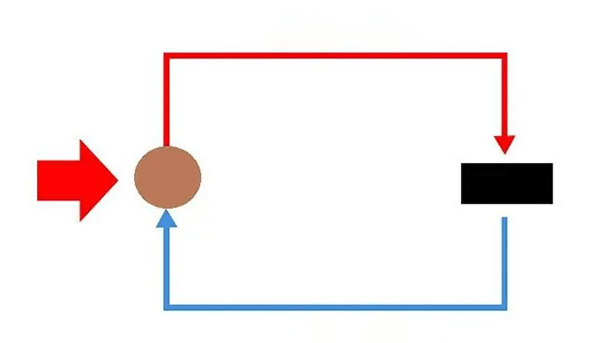
Figure 11: Working principle diagram of water cooler.
●Water has a large heat capacity and has a good heat load capacity.
●The design of the water cooling block is very important in the water-cooling system and should maximize the contact
area and heat conduction;
●The water pump can increase the water flow velocity and increase the transmission capacity of heat load;
●The biggest factor is the area size of the cooling radiator fins and the size of the air volume. The larger the
area, the greater the heat dissipation capacity. The larger the air volume, the better the cooling effect.
The usual specifications for AIO water cooling selection are 120, 240, 360, where the numbers usually refer to the
size of the cooling fan. 120 adopts a 120mmx120mm cooling fan, 240 adopts two 120mmx120mm fans, 360 adopts three
120mmx120mm fans.

Figure 12: AIO water coolers.
3. Pros and Cons of PC Water Cooling and Air Cooling
3.1 Advantages and Disadvantages of Air Coolers
The advantages of air coolers are:
●Cheap Price: The cost of air coolers is relatively low with good performance.
●Simple Installation: The installation of the air cooler is relatively simple, only need to fix the
fan and heat sink on the CPU or graphics card, no additional accessories and space are required.
●Easy Maintenance: The maintenance of the air cooler is relatively convenient. You only need to
regularly clean the dust and replace the thermal grease, and you don't need to worry about water leakage or
blockage.
The disadvantages of air coolers are:
●Mediocre Effect: The effect of the air cooler is relatively poor, and generally only meets the
needs of ordinary users. If you want to perform high-intensity games or rendering operations, it may cause the
computer to overheat or make too much noise.
●Occupied Space: The air cooler occupies a relatively large space. Generally, a larger case is
required to accommodate a larger fan and heat sink. If you are using a small case or a laptop, it may be difficult
to install.
●Affecting Appearance: Air coolers have a relatively large impact on aesthetics, and are generally
made of black or silver metal materials. If you like colored or transparent chassis, you may think that air coolers
are not good-looking or cool enough.
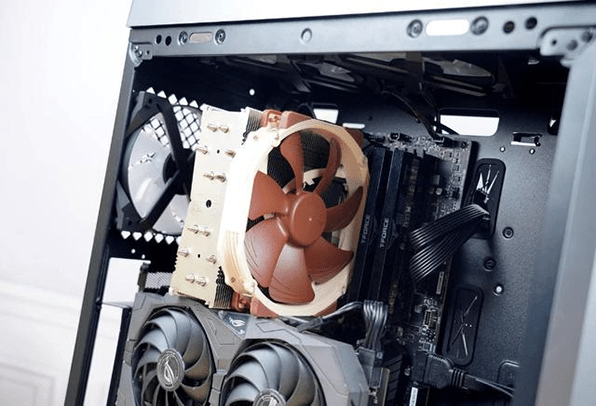
Figure 13: Air cooler.
3.2 Advantages and Disadvantages of Water Coolers
The advantages of water coolers are:
●Good Effect: The effect of the water cooling is relatively good, generally reducing the
temperature of the computer by 10 to 20 degrees Celsius. It can meet the needs of high-end users, and can perform
high-intensity games or rendering operations, and the noise is relatively small.
Small Footprint: The water cooler occupies a relatively small space. Generally, it only needs a
small water cooling block and a small radiator. It does not need to occupy the space of the CPU or graphics card,
and can be applied to various sizes of cases or laptops.
●Small Impact on Aesthetics: Water coolers have relatively little impact on aesthetics, and are
generally made of transparent or colored plastic materials. If you like colored or transparent chassis, you may find
water coolers more attractive or cooler.
The disadvantages of water coolers are:
●Expensive: The cost of water coolers is relatively high.
●Complicated Installation: The installation of water coolers is relatively complicated. It needs to
connect water pumps, water pipes, coolant tanks, water cooling heads, radiators and other accessories, and pay
attention to prevent water leakage or blockage, which requires certain skills and experience.
Troublesome Maintenance: The maintenance of water coolers is troublesome. It is necessary to
replace the water and clean the water circuit regularly to prevent the growth of bacteria and algae. You should also
pay attention to check whether there are problems such as water leakage or blockage. If there is a problem, it may
cause serious consequences.

Figure 14: Water cooler.
4. Conclusion: Is It Better to Choose Air Cooling or Water Cooling for the CPU Radiator?
Air cooling and water cooling have their own advantages and disadvantages, and how do you choose? It depends on your
needs and preferences.
If you are an ordinary user, you may be more inclined to choose air cooling because it is cheap, easy to install,
and easy to maintain. If you are a high-end user, you may be more inclined to choose water cooling because it works
well, takes up less space, and has less impact on aesthetics.
Of course, this is not absolute, you can also choose the air/water cooler that suits you according to your own
budget and taste.


